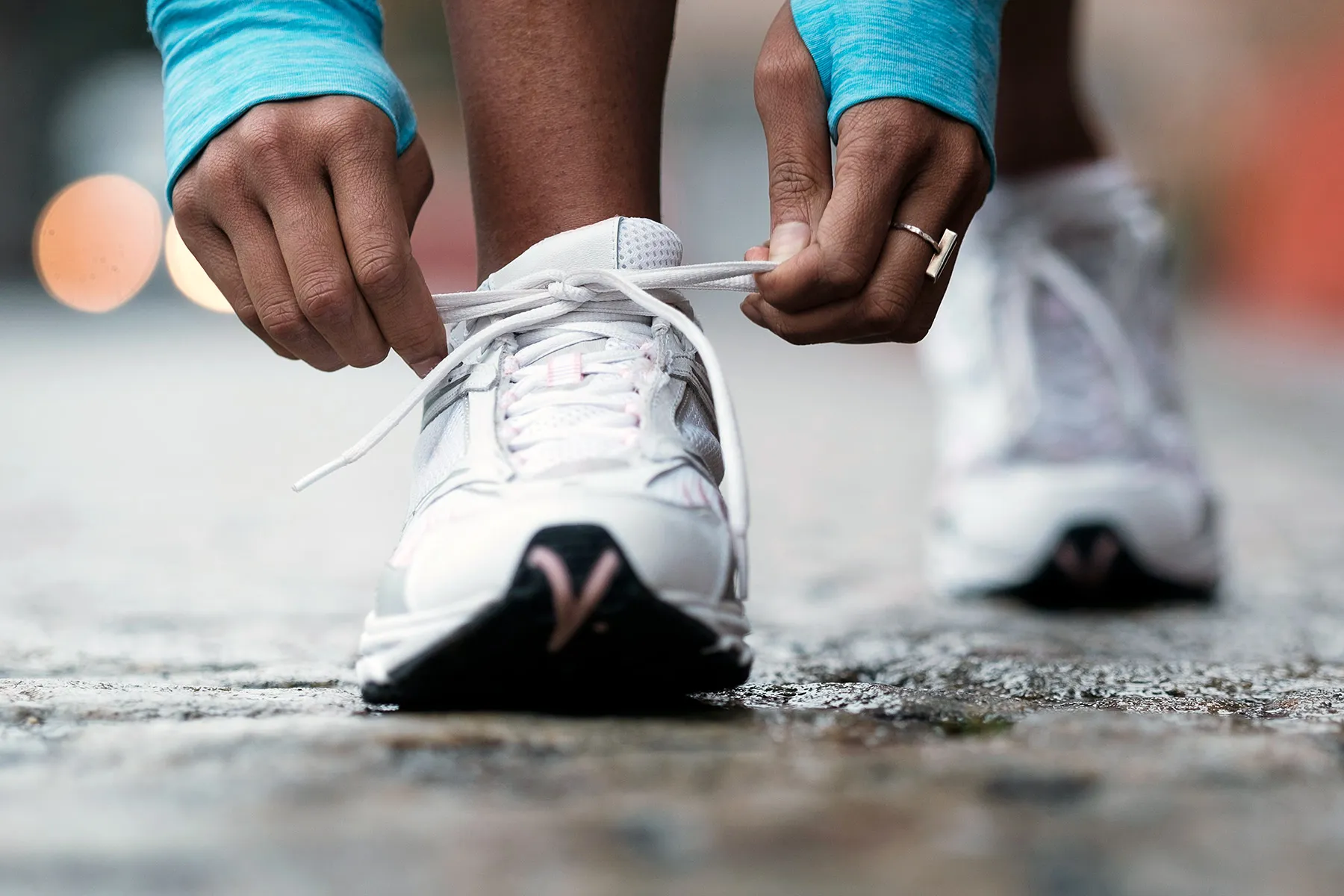Oct. 31, 2022 – Healthy snacks can be an important part of a nutritious diet, as small bites between meals can help keep our energy levels high. Turns out, our muscles may benefit from snacks, too – “activity snacks,” that is.
A new study by researchers at the University of Toronto in Canada shows that breaking up prolonged periods of inactivity with brief spurts of exercise – like short walks or a set of squats – helps the proteins in muscles operate at their best.
The key involves amino acids, the building blocks of proteins, says Dan Moore, PhD, a physiologist at the University of Toronto who helped do the research.
“When we eat protein in our meals, they provide those building blocks that allow our muscles to rebuild themselves,” says Moore, whose findings were recently published in the Journal of Applied Physiology.
“By breaking up these long periods of sitting, we think over time, this is a way to use the food that we eat to hang onto muscle mass,” he says.
Putting “snacks” of movement into our routine right after a meal and throughout the day allows any protein consumed to best support our muscles, Moore and colleagues found.
Jennifer Childress, a health coach and personal trainer in Mesa, AZ, says she recommends people turn off their computer cameras, just as they would when eating, if their activity breaks coincide with a meeting.
“It doesn’t have to be a big deal,” she says.
People may think they need to lift heavy weights or do a full workout to become more toned, but the new study shows that’s not necessary, she notes.
Childress suggests people set a timer to remind themselves to get moving. And movement doesn’t have to just be walks or squats. Planks, pushups, or other strengthening exercises are good options, too.
Get Up, Walk Around, or Get Down
The 12 people in Moore’s study ate two meals, which were balanced between carbohydrates, fats, and proteins, over a 7.5-hour period. Right after each meal, and for every 30 minutes after, people either walked for 2 minutes at a normal pace or did 15 body-weight squats, in which people squat from a standing position and then stand up again. Otherwise, they were sitting. Tests of blood plasma showed more protein activity within muscles after people took their “activity snacks” than before they regularly got up and got moving.
“This is good news for people who must spend a large part of their day sitting,” saya Beth Frates, MD. (Frates directs the lifestyle medicine program at Massachusetts General Hospital in Boston, which gives people tools for putting healthy behaviors such as regular exercise into their daily lives.)
The American Diabetes Association recommends people with prediabetes or diabetes stand every half an hour to improve their glucose levels. The new study supports the value of frequent standing breaks, combined with movement, for everyone who can do it, she says.
“Sometimes knowing data like the ones presented in this new study motivates people,” Frates says. “They see that there are direct impacts to their body.”
She suggested pairing up with a friend to try out a few activity snacks, or to doing them with co-workers in the mornings.
Frates says she finds this research personally motivating.
“I plan to do the body weight squats today,” she says.
